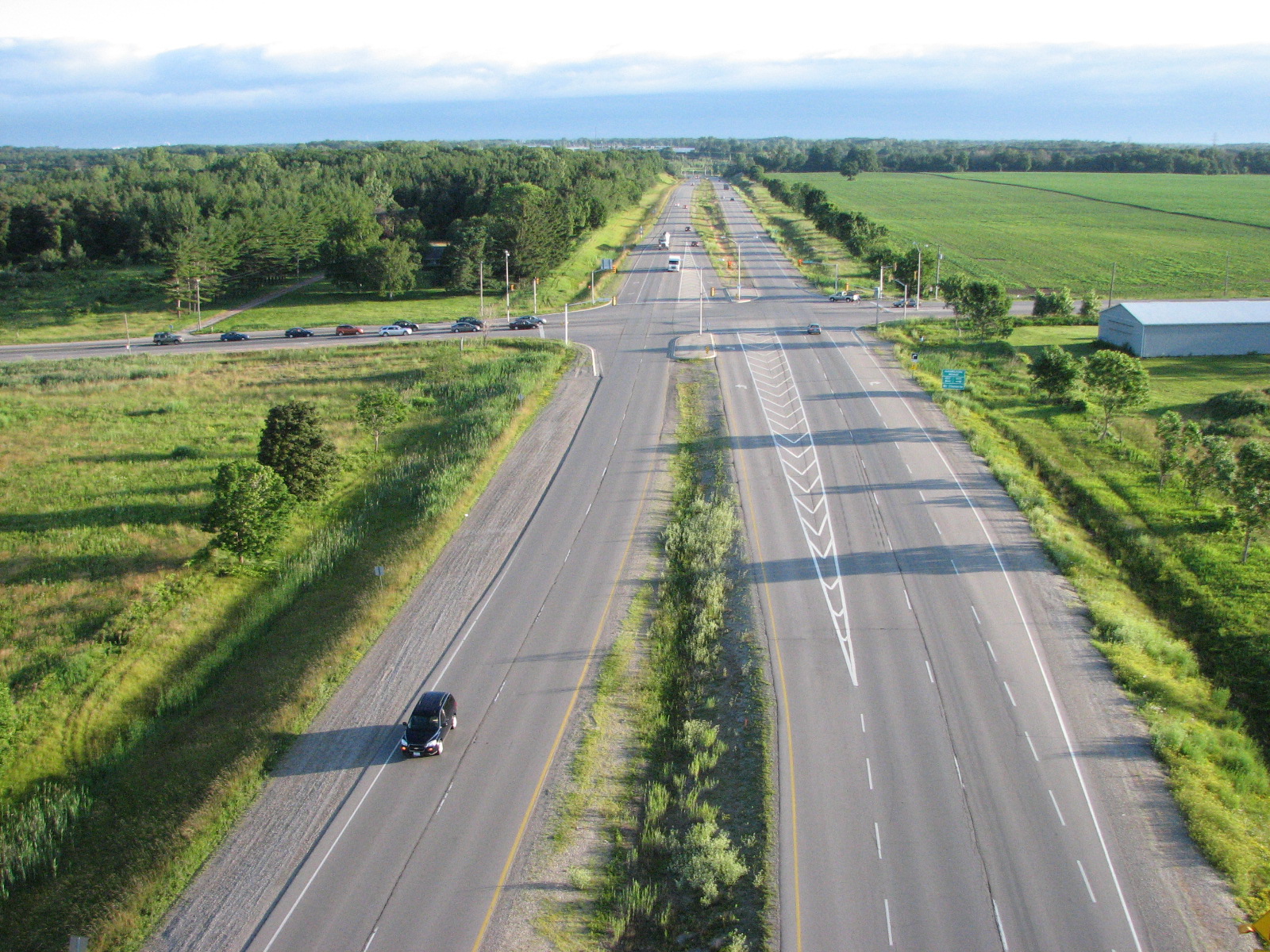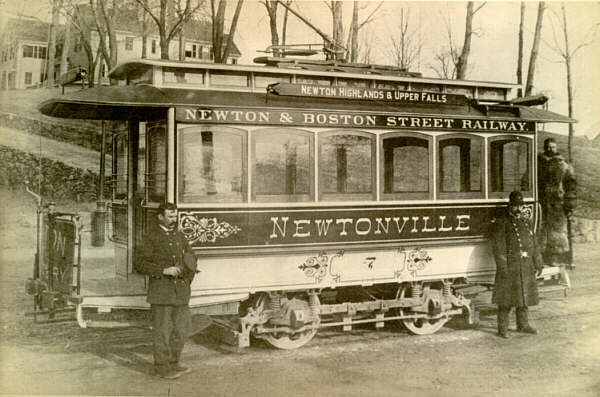|
Canadian Capacity Guide For Signalized Intersections
The Canadian Capacity Guide for Signalized Intersections (CCG) is a publication of the Canadian Institute of Transportation Engineers (CITE). It provides a methodology that allows Traffic Engineers to plan, design, and evaluate traffic signal controlled roadway intersections. The CCG has been based on the current experience of practicing traffic engineers, transportation educators and students across Canada, and a considerable body of Canadian and international research. But while developed in Canada, its methodology is applicable to conditions anywhere. The survey procedures included in the CCG provide direction for users in any country to collect local data which can be used to obtain geographically specific results. Objectives Many cities and metropolitan areas experience traffic congestion on some portions of their transportation networks. These municipalities also suffer from constrained urban space and limited financial resources, but they share the desire to improve the q ... [...More Info...] [...Related Items...] OR: [Wikipedia] [Google] [Baidu] |
CCG Front Page
__NOTOC__ CCG may refer to: Coast guards * Canadian Coast Guard * China Coast Guard Companies * Chemical Computing Group, a Canadian pharmaceutical software company Entertainment * Collectible card game * '' Command & Conquer: Generals'', a 2003 video game * Community-controlled game, a video game genre Electronics * Copper Control Gear (CCG), a type of Electrical ballast Switch Start for lighting, alternative to ECG (Electronic Control Gear) Electronic. Other * Castor Cracking Group, a demo (computer art) group * Centre for Computational Geography, University of Leeds, England * Children's Cancer Study Group, conducted cancer research * Clinical commissioning group, commissioners of many health services in England * Combinatory categorial grammar, a grammar formalism * Computational Chemistry Grid * Country commercial guides, reports from the United States Commercial Service * County Cricket Ground (other) * Cross-correlogram, a statistical plotting technique * ... [...More Info...] [...Related Items...] OR: [Wikipedia] [Google] [Baidu] |
Canadian Institute Of Transportation Engineers
The Canadian Institute of Transportation Engineers (CITE) is composed of more than 1,700 transportation engineers, planners, technologists and students across Canada. Its purpose and mission is to enable professionals with knowledge and competence in transportation and traffic engineering to contribute individually and collectively towards meeting needs for mobility and safety within Canada. CITE is an integral part of the Institute of Transportation Engineers (ITE) which consists of transportation professionals in more than 70 countries who are responsible for the safe and efficient movement of people and goods on streets, highways and transit systems. Canadian Capacity Guide The Canadian Capacity Guide For Signalized Intersections has been developed as a special project of the CITE. It provides a methodology that allows Traffic Engineers to plan, design, and evaluate traffic signal controlled roadway intersections. See also * Institute of Transportation Engineers The Insti ... [...More Info...] [...Related Items...] OR: [Wikipedia] [Google] [Baidu] |
Methodology
In its most common sense, methodology is the study of research methods. However, the term can also refer to the methods themselves or to the philosophical discussion of associated background assumptions. A method is a structured procedure for bringing about a certain goal. In the context of research, this goal is usually to discover new knowledge or to verify pre-existing knowledge claims. This normally involves various steps, like choosing a sample, collecting data from this sample, and interpreting this data. The study of methods involves a detailed description and analysis of these processes. It includes evaluative aspects by comparing different methods to assess their advantages and disadvantages relative to different research goals and situations. This way, a methodology can help make the research process efficient and reliable by guiding researchers on which method to employ at each step. These descriptions and evaluations of methods often depend on philosophical background ... [...More Info...] [...Related Items...] OR: [Wikipedia] [Google] [Baidu] |
Traffic Engineering (transportation)
Traffic engineering is a branch of civil engineering that uses engineering techniques to achieve the safe and efficient movement of people and goods on roadways. It focuses mainly on research for safe and efficient traffic flow, such as road geometry, sidewalks and crosswalks, cycling infrastructure, traffic signs, road surface markings and traffic lights. Traffic engineering deals with the functional part of transportation system, except the infrastructures provided. Traffic engineering is closely associated with other disciplines: * Transport engineering * Pavement engineering * Bicycle transportation engineering * Highway engineering *Transportation planning *Urban planning * Human factors engineering Typical traffic engineering projects involve designing traffic control device installations and modifications, including traffic signals, signs, and pavement markings. Examples of Engineering Plans include pole engineering analysis and Storm Water Prevention Programs (SWPP) ... [...More Info...] [...Related Items...] OR: [Wikipedia] [Google] [Baidu] |
Traffic Light
Traffic lights, traffic signals, or stoplights – known also as robots in South Africa are signalling devices positioned at road intersections, pedestrian crossings, and other locations in order to control flows of traffic. Traffic lights consist normally of three signals, transmitting meaningful information to drivers and riders through colours and symbols including arrows and bicycles. The regular traffic light colours are red, yellow, and green arranged vertically or horizontally in that order. Although this is internationally standardised,1968, as revised 1995 and 2006Vienna Convention on Road Signs and Signals United Nations Publication ECE/TRANS/196. ISBN 978-92-1-116973-7. URL Accessed: 7 January 2022. variations exist on national and local scales as to traffic light sequences and laws. The method was first introduced in December 1868 on Parliament Square in London to reduce the need for police officers to control traffic. Since then, electricity and computerised ... [...More Info...] [...Related Items...] OR: [Wikipedia] [Google] [Baidu] |
Intersection (road)
An intersection or an at-grade junction is a junction where two or more roads converge, diverge, meet or cross at the same height, as opposed to an interchange, which uses bridges or tunnels to separate different roads. Major intersections are often delineated by gores and may be classified by road segments, traffic controls and lane design. Types Road segments One way to classify intersections is by the number of road segments (arms) that are involved. * A three-way intersection is a junction between three road segments (arms): a T junction when two arms form one road, or a Y junction, the latter also known as a fork if approached from the stem of the Y. * A four-way intersection, or crossroads, usually involves a crossing over of two streets or roads. In areas where there are blocks and in some other cases, the crossing streets or roads are perpendicular to each other. However, two roads may cross at a different angle. In a few cases, the junction of two road segme ... [...More Info...] [...Related Items...] OR: [Wikipedia] [Google] [Baidu] |
Traffic Congestion
Traffic congestion is a condition in transport that is characterized by slower speeds, longer trip times, and increased vehicular queueing. Traffic congestion on urban road networks has increased substantially since the 1950s. When traffic demand is great enough that the interaction between vehicles slows the speed of the traffic stream, this results in some congestion. While congestion is a possibility for any mode of transportation, this article will focus on automobile congestion on public roads. As demand approaches the capacity of a road (or of the intersections along the road), extreme traffic congestion sets in. When vehicles are fully stopped for periods of time, this is known as a traffic jam or (informally) a traffic snarl-up. Traffic congestion can lead to drivers becoming frustrated and engaging in road rage. Mathematically, traffic is modeled as a flow through a fixed point on the route, analogously to fluid dynamics. Causes Traffic congestion occurs wh ... [...More Info...] [...Related Items...] OR: [Wikipedia] [Google] [Baidu] |
Public Transport
Public transport (also known as public transportation, public transit, mass transit, or simply transit) is a system of transport for passengers by group travel systems available for use by the general public unlike private transport, typically managed on a schedule, operated on established routes, and that charge a posted fee for each trip. There is no rigid definition; the ''Encyclopædia Britannica'' specifies that public transportation is within urban areas, and air travel is often not thought of when discussing public transport—dictionaries use wording like "buses, trains, etc." Examples of public transport include city buses, trolleybuses, trams (or light rail) and passenger trains, rapid transit (metro/subway/underground, etc.) and ferries. Public transport between cities is dominated by airlines, coaches, and intercity rail. High-speed rail networks are being developed in many parts of the world. Most public transport systems run along fixed routes with set e ... [...More Info...] [...Related Items...] OR: [Wikipedia] [Google] [Baidu] |
Signal Timing
Signal timing is the technique which traffic engineers use to distribute right-of-way at a signalized intersection. The process includes selecting appropriate values for timing, which are implemented in specialized traffic signal controllers. Signal timing involves deciding how much green time the traffic signal provides an intersection by movement or approach (depending on the lane configuration), how long the pedestrian WALK signal should be, whether trains or buses should be prioritized, and numerous other factors. Basic signal timing operation To understand basic signal timing fundamentals, one must also understand the different modes of operation of the signal controller which controls the signal. Traffic signals may be placed into two broad groups by their method of operation. They can be either pre-timed or actuated. Pre-timed signals provide each intersection approach a fixed amount of time on a predetermined basis, serving each approach consecutively, and repeating the pa ... [...More Info...] [...Related Items...] OR: [Wikipedia] [Google] [Baidu] |
Highway Capacity Manual
The Highway Capacity Manual (HCM) is a publication of the Transportation Research Board (TRB) of the National Academies of Sciences, Engineering, and Medicine in the United States. It contains concepts, guidelines, and computational procedures for computing the capacity and quality of service of various highway facilities, including freeways, highways, arterial roads, roundabouts, signalized and unsignalized intersections, interchanges, rural highways, and the effects of mass transit, pedestrians, and bicycles on the performance of these systems. There have been seven editions with improved and updated procedures from 1950 to 2022, and major updates to the HCM 1985 edition, in 1994, 1997 and 2015. Chapter 1 The HCM has been a worldwide reference for transportation and traffic engineering scholars and practitioners, and also the base of several country-specific capacity manuals. The most-recent version, the ''Highway Capacity Manual, Seventh Edition: A Guide for Multimodal Mobil ... [...More Info...] [...Related Items...] OR: [Wikipedia] [Google] [Baidu] |
Institute Of Transportation Engineers
The Institute of Transportation Engineers (ITE) is an international educational and scientific association of transportation professionals who are responsible for meeting mobility and safety needs. ITE facilitates the application of technology and scientific principles to research, planning, functional design, implementation, operation, policy development, and management for any mode of ground transportation. History The organization formed in 1930 amid growing public demand for experts to alleviate traffic congestion and the frequency of crashes that came from the rapid development of automotive transportation. It formed as the Institute of Traffic Engineers and its first president was Ernest P. Goodrich. The organization consists of 10 districts, 62 sections, and 30 chapters from various parts of the world. Standards development ITE is also a standards development organization designated by the United States Department of Transportation The United States Department of Tr ... [...More Info...] [...Related Items...] OR: [Wikipedia] [Google] [Baidu] |




